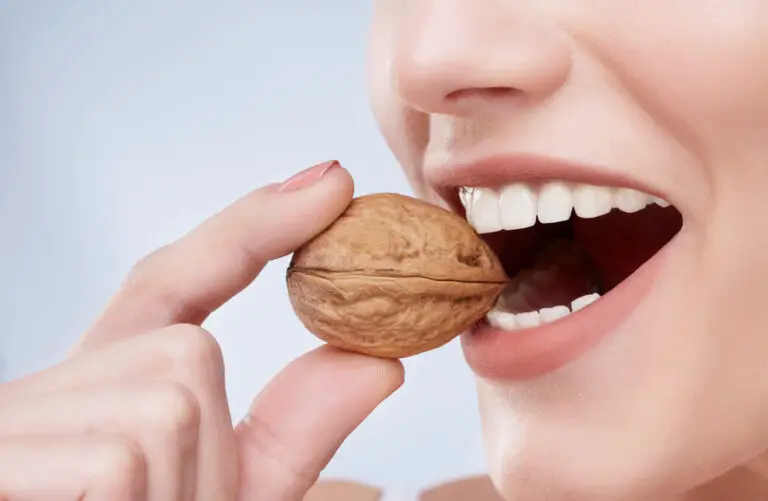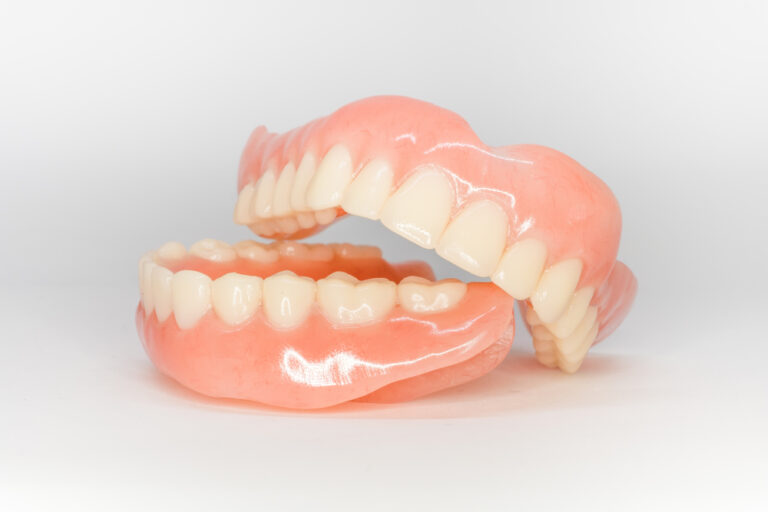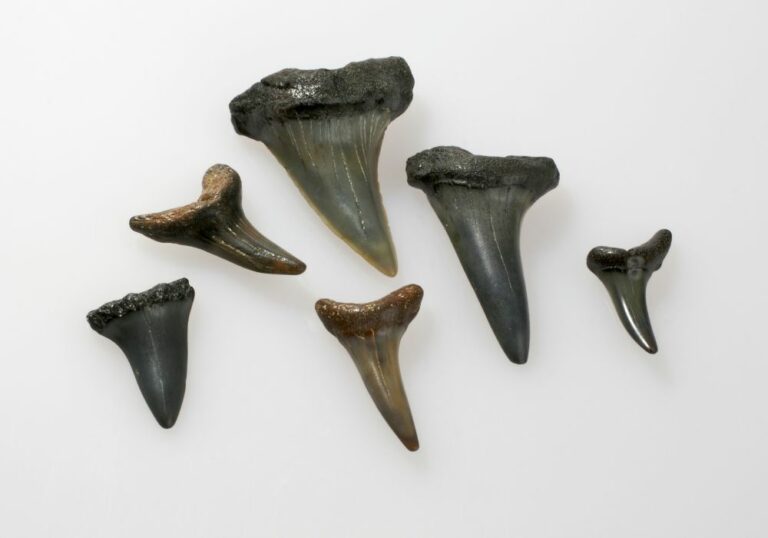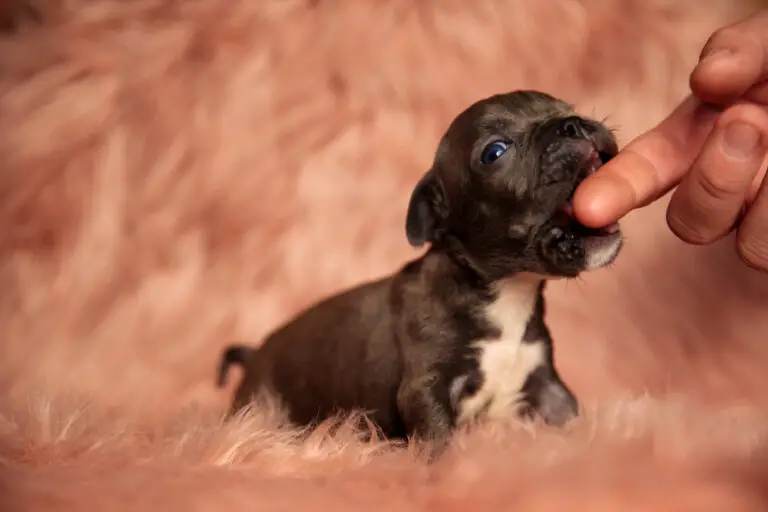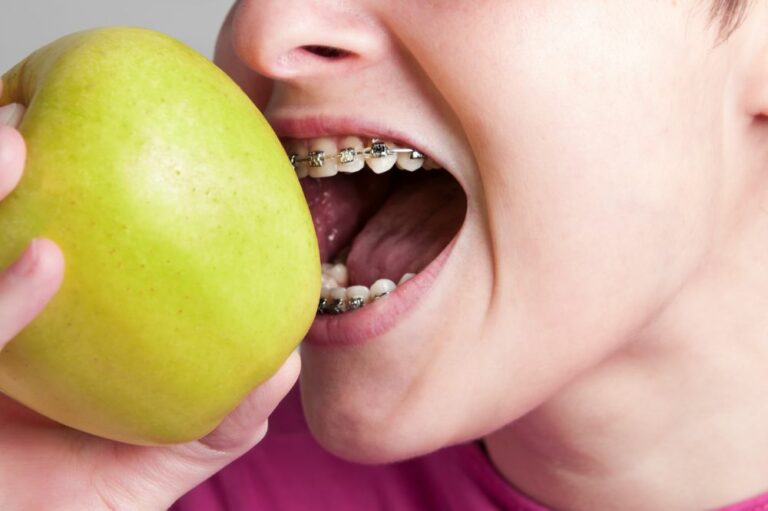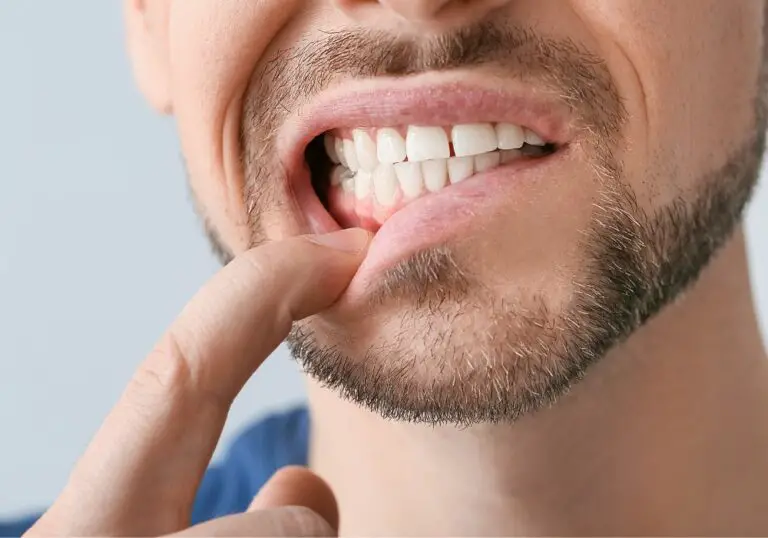As a dog owner, you do everything you can to keep your furry friend happy and healthy. You feed them nutritious food, make sure they get plenty of exercise, and give them lots of love and belly rubs. But despite your best efforts, dogs can still develop dental problems like periodontal disease, tooth fractures, cavities, and missing teeth.
When your dog loses teeth or has damaged ones, it can negatively impact their quality of life. Eating becomes difficult and painful. It may change their behavior or personality. And poor dental health can lead to infections and other issues. That’s why some owners consider replacing their dog’s teeth with artificial metal versions through dental procedures. But is this really a viable solution for your canine companion?
This in-depth article will cover everything you need to know about metal dog teeth – the options, pros and cons, costs, aftercare, and more. We’ll discuss:
- Reasons for getting metal teeth
- The types of metal teeth for dogs
- What’s involved in the fitting and placement process
- Pros and cons of metal doggy dentures
- Important care and maintenance tips
- How much it costs and payment options
- What metals are used and why
- How to find a qualified veterinary dentist
- Frequently asked questions on metal teeth
By the end, you’ll have a better understanding of whether stainless steel, titanium, or other metal teeth could be appropriate for your dog. While metal replacements are possible, maintaining natural teeth is ideal. We’ll go over all factors to consider before pursuing this permanent solution.
Why dogs may need metal teeth

There are several reasons a veterinary dentist might recommend replacing a dog’s natural teeth with artificial metal ones:
Missing or damaged teeth
Like humans, dogs can lose teeth as they age or have them damaged due to trauma or advanced periodontal disease. Issues like these are the most common reasons for metal teeth:
- Tooth fractures – Hard chewers can actually crack their teeth on cow bones, antlers, or other very hard toys. The cracks allow bacteria in, eventually requiring extraction.
- Tooth loss – Gum disease, fractures, injury or abnormal wear can all lead to total tooth loss if not treated early. This leaves gaps that make eating difficult.
- Root exposure – With severe gum recession, the tooth root becomes exposed. This is very painful and affected teeth usually must be removed.
- Decay or cavities – Although less prone than humans, dogs can get painful cavities that require fillings or extraction and replacement.
Metal artificial teeth can fill gaps left by damaged or lost natural teeth. This may help restore a dog’s ability to properly bite, chew and eat again after losing tooth function.
Strength and durability
Stainless steel and titanium teeth are extremely strong, much more so than natural teeth. They can withstand immense biting and chewing forces. This strength makes them beneficial for:
- Aggressive chewers – Dogs that really chomp down hard on toys need durable teeth that won’t fracture. Metal teeth are up to the task.
- Large dogs or sporting breeds – Big dogs and athletic breeds like German Shepherds tend to have powerful jaws and bite strength. Metal prevents damage.
- Police or working dogs – Dogs with jobs requiring apprehending suspects or other intense biting benefit from reinforced metal teeth.
Aesthetic or cosmetic purposes
While primarily for medical reasons, some dog owners opt for metal teeth simply for appearance purposes:
- Grillz or caps – These decorative covers slip over existing teeth for a shiny chrome smile. They have no dental health benefits.
- Discolored teeth – Metal crowns or veneers can improve the look of badly stained or discolored natural teeth.
- Intimidating look – Some like the tough, intimidating appearance of metal teeth for certain breeds like Dobermans or Rottweilers.
But cosmetics alone are not enough reason for such an intensive procedure. Talk to your vet about options to brighten teeth without metal crowns.
Types of metal teeth for dogs
If your veterinary dentist determines replacement teeth are needed, what are the specific metal options for dogs? Here are the main types of metal dog teeth:
Stainless steel crowns
Also called caps, these are hollow metal coverings custom-fit to slip over an existing damaged tooth down to the gum line. They fully encase the entire tooth with a stainless steel crown. The cap protects the weak tooth from further chewing damage and infection.
Crowns are individually sized and shaped for each tooth, then cemented permanently in place. They are the least invasive option for protecting teeth. However, significant natural tooth must remain below the gum line to anchor it.
[Example image of a dog with stainless steel crowns]
Dental bridges
Bridges fill larger gaps between teeth where one or more teeth are missing. A bridge consists of:
- Abutment teeth – The intact natural teeth on each side of the gap that anchor the bridge.
- Pontic – The false tooth filling the space where teeth are missing. This is made of stainless steel or titanium metal.
- Connectors – These attach and anchor the pontic firmly to the abutment teeth.
Bridges are cemented in place onto the natural teeth. The metal false tooth replaces the missing tooth above the gum line so chewing function can return.
[Image example of a basic dental bridge]
Full mouth restoration with implants
The most invasive option is full mouth reconstruction which replaces most or all teeth with metal implants:
- After removing severely damaged or destroyed teeth, the jaw bone is built up with bone grafts.
- Titanium posts are surgically screwed into the grafted jaw as anchors.
- After the implants integrate with the bone, custom-fitted metal teeth are attached to the posts.
This extensive procedure restores chewing function and aesthetics but has a prolonged, difficult recovery. It’s only done for extreme tooth loss cases with no other options.
Decorative metal covers (grillz)
For solely decorative purposes, some companies offer stainless steel covers to slip over pets’ teeth. These flashy “grillz” don’t improve oral health at all – they are just for looks. Most veterinary dentists do not recommend them as they can irritate gums and be swallowed.
The process of getting metal dog teeth
Replacing teeth with metal versions is a complex, multi-step process requiring veterinary specialists:
Initial examination
Your regular vet will refer you to board-certified veterinary dentist to determine if metal teeth are appropriate. After a thorough oral exam, dental x-rays allow evaluation of overall tooth and gum health. If deemed necessary, a treatment plan is developed.
Anesthesia and extractions
The fitting procedures require general anesthesia to minimize discomfort. Any severely damaged teeth may be extracted at this time as well. Mildly damaged teeth are retained and prepared for crowns.
Tooth preparation
The remaining natural tooth structure is shaped and trimmed to optimal form for supporting the metal prosthetic. For bridges, abutment teeth are prepared by removing outer enamel. Reduced teeth are more retentive.
Impressions and fittings
Impressions are taken of prepared teeth and sent to a dental lab. Here, the permanent prosthetics like crowns, bridges or implants are custom fabricated to precisely fit your dog’s mouth based on the imprints. This may take 2-4 weeks.
Cementing or anchoring
At a followup appointment, the dentist cements crowns or bridges permanently onto prepared natural teeth. For full implants, abutments and replacement teeth are screwed into the jawbone in a well-spaced arrangement.
Correct prosthetic placement and cementation technique ensures the metal teeth integrate seamlessly with surrounding anatomy for proper function and longevity.
Pros and cons of metal dog teeth
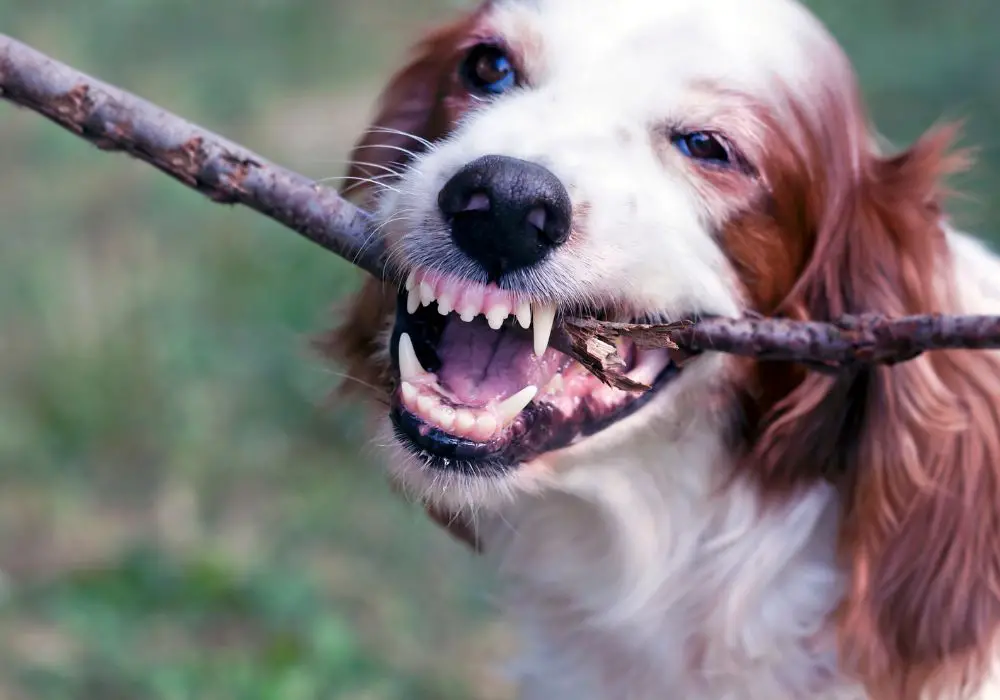
There are both advantages and disadvantages to weighing when considering metal teeth for your pet:
Potential benefits
- Restores ability to chew and eat normally
- Does not deteriorate over time like natural tooth enamel
- Extremely strong and durable for dogs that destroy toys
- Less plaque and tartar adhere than to natural tooth surfaces
- Permanent solution for lifelong chewing function
- Makes French bulldogs look cool! Just kidding. 🙂
Potential risks and downsides
- Expensive procedures, often $1000+ per metal tooth
- Anesthesia carries inherent risks, especially for older dogs
- Tooth preparation requires removing healthy enamel
- May damage or irritate surrounding teeth with chewing
- Metal can corrode over time and fall out
- Does not prevent gum disease issues
- Not ideal for growing puppies who may need larger replacements later
The cons highlight why vets typically recommend metal teeth only after trying less invasive treatments first. Maintaining natural teeth is ideal if possible through good home care. Your vet will advise you on if the benefits outweigh the risks for your dog’s needs.
What to consider before deciding
Since the procedures are irreversible and alter natural teeth permanently, it’s smart to consider the following factors before pursuing metal doggy dentures:
Your dog’s age and health
Younger dogs with healthier teeth may do better long-term with other treatments like sealants, medication, or tooth removal and shifting. Older dogs with advanced dental disease may be better candidates for metal teeth.
Current oral hygiene routine
Dogs with severe gum disease may still experience issues after metal teeth placement if homecare does not improve. Vets will evaluate your ability to commit to brushing, dental chews, and professional cleanings going forward before recommending metal teeth.
Amount of natural tooth remaining
Enough healthy natural tooth structure must remain below the gum line to properly support a crown or bridge. Teeth that are loose, severely damaged, or decayed to the gum are not candidates. X-rays determine remaining tooth integrity.
Cost and invasiveness
Full implants and bridges cost significantly more than extractions or crowns. You must decide if the value justifies the higher expense and surgical risks compared to other options your vet advises.
Expected permanence
Crowns may eventually need replacement after 5-10 years. But implants could potentially last a lifetime with diligent at-home oral care. Consider your dog’s expected lifespan when choosing solutions.
Aftercare and maintenance is crucial
Replacing teeth with metal requires lifelong maintenance to prevent complications:
- Brush regularly – Ideally brush dog’s teeth around the metal at least 2-3 times a week. Use pet-safe toothpaste. This prevents plaque and tartar buildup that loosen crowns.
- Annual cleanings – Vet dentist cleanings remove calculus and keep gums healthy. Cleanings also ensure prosthetics remain properly positioned.
- Discourage chewing hard items – Aggressive chewing or hard treats can damage or dislodge metal teeth. Stick to softer food and toys.
- Regular oral exams – Your vet will check for signs of problems like chipped metal, looseness, or gum disease at least once or twice a year. Catch issues early.
With excellent at-home care and professional cleanings, metal dog teeth can potentially last many years. But poor oral hygiene reduces their longevity significantly. Follow your vet’s homecare instructions closely.
Cost and insurance coverage
One major downside of metal dog teeth is the steep expense. Cost varies tremendously based on the specific procedure, location, dental specialist, and number of teeth involved. However, be prepared for each metal tooth to cost $1000+ in most cases. Bridges, implants and multiple teeth raise costs further.
Medical insurance for pets rarely covers dental treatments. But some plans may provide partial reimbursement for crowns or implants due to injury or illness. Discuss your policy details to identify potential coverage. Vet payment plans are also an option to make the costs more manageable.
Metals used for dog teeth replacements
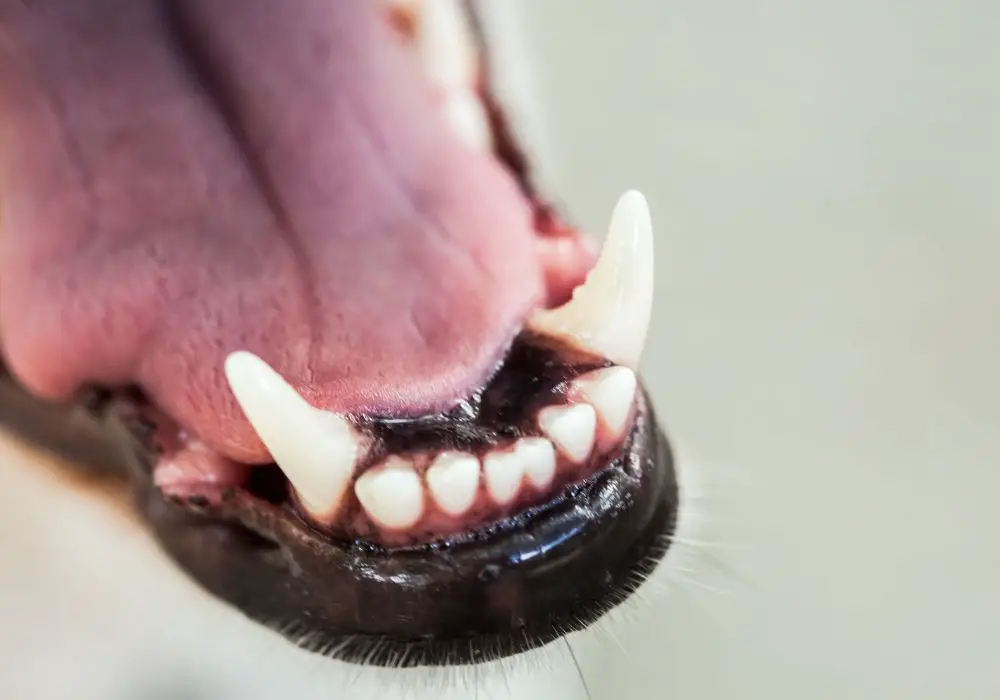
Stainless steel and titanium alloys are the most common metals used to create artificial teeth for dogs. Here’s a comparison:
Stainless steel
Surgical grade stainless steel is corrosion-resistant and strong enough for dental crowns and bridges. It contains added chromium and molybdenum for optimal hardness and durability to withstand chewing forces. Nickel-free steel prevents heavy metal toxicity.
Titanium
Due to excellent biocompatibility, various titanium alloys securely fuse with jaw bone through osseointegration. This makes titanium ideal for implants and partial dentures. Nickel-titanium blends provide corrosion resistance, durability, and a natural tooth-like appearance.
| Material | Pros | Cons |
|---|---|---|
| Stainless Steel | Strong and durable for crowns/bridges | Susceptible to corrosion long-term |
| Titanium | Biocompatible, integrates with bone | Expensive material |
There are also gold crowns or implants for dogs, but these are far less common due to their very high cost and limited added benefit over stainless steel or titanium.
Finding a qualified veterinary dentist
Attempting to fit your dog with metal teeth without professional training risks serious harm to your pet. Work only with an accredited veterinary dental specialist, not a general vet. Here’s how to find one near you:
- Ask your regular vet for a referral or recommendation to a dental specialist they trust. This carries great weight.
- Search the American Veterinary Dental College (AVDC) website for their certified member directory. These experts have advanced training.
- Search online for terms like “veterinary dental specialist” or “veterinary dentistry for dogs”. Focus your results on accredited specialists.
- Contact veterinary colleges and specialty hospitals about recommended dental experts. Universities often employ them.
- Verify the dentist is board-certified by the American Veterinary Dental College before committing. This is the gold standard certification.
Schedule consultations and get cost estimates from 2-3 options before deciding. Having your dog’s dental x-rays ready streamlines the process. Let them advise you objectively on whether metal teeth are truly warranted or if other options are better for your pet’s needs.
Frequently asked questions about metal teeth for dogs
Are metal teeth painful for dogs?
The multi-step fitting process does involve discomfort from tooth extraction, drilling, and impressions. But once healed, the metal teeth themselves do not cause persistent pain or irritation if properly fitted by a professional. Mild sensitivity is normal initially but resolves.
Can dogs eat normally with metal teeth?
In most cases, metal dental implants and bridges allow dogs to fully regain normal chewing capacity and eat dry or wet food comfortably. Natural motions are preserved, unlike with human dentures. However, hard chewing must be avoided to prevent damage.
Do metal dog teeth need special care?
Yes, metal teeth require diligent at-home brushing, yearly cleanings, soft food, avoiding hard chews, and regular dental exams. Without proper maintenance, metal teeth accumulate plaque, corrode, and loosen prematurely. Caring for them takes an ongoing time commitment.
Can cracked dog fangs be repaired with metal caps?
Yes, cracked or broken canine fangs are often candidates for stainless steel crowns. Fangs may require extra tooth preparation and attachment methods to securely anchor the metal cap in place. But it is very possible to save damaged fangs this way.
Do metal dog teeth change personality or temperament?
There is no evidence properly fitted metal teeth alter a dog’s natural personality or cause aggression. In some cases, restoring pain-free chewing function allows dogs to return to their normal happy selves after suffering from tooth pain.
Conclusion
Replacing damaged or missing dog teeth with metal crowns, bridges, or implants can be a viable solution in certain situations to restore chewing function. But there are costs and risks to weigh carefully against any benefits. Work closely with your veterinary dentist to decide if stainless steel, titanium or other metal prosthetics could help your dog regain an ability to comfortably eat.
Ideally though, diligent at-home preventive care and early intervention are better approaches for maintaining your dog’s natural teeth in optimal health for as long as possible. Explore all non-surgical options first before considering invasive, irreversible metal teeth procedures. With a thoughtful professional assessment and proper aftercare, metal doggy dentures can successfully return quality of life when no other options remain. Those shining chrome chops could give your pup the ultimate comeback!

